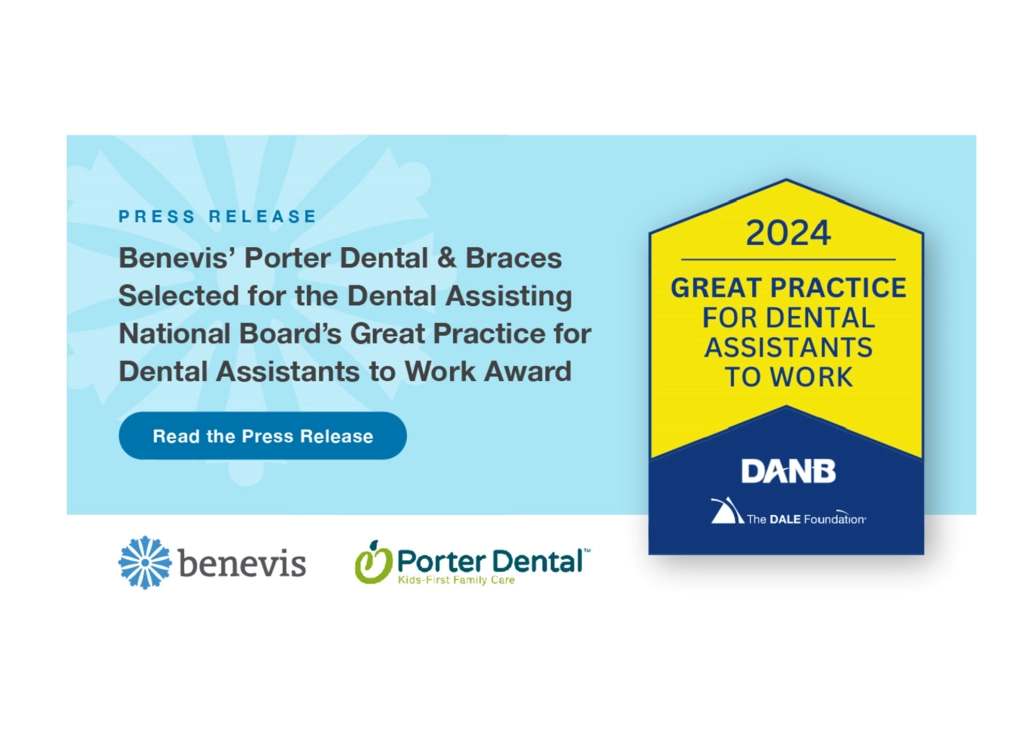Warning: Trying to access array offset on value of type bool in /data/production/benevis.com-refresh/wp-content/themes/benevis-custom/single.php on line 50
The root causes of health outcomes for children go beyond just physical and clinical factors and are heavily influenced by broader societal factors. This is what we refer to as Social Determinants of Health (SDOH). It turns out that our children’s oral health is no exception. From economic status to access to healthy food, a range of factors beyond just brushing and flossing can have a big impact on oral health outcomes for kids.
Examples of SDOH affecting health cited by The World Health Organization, include: income and social protection; education; employment and job security; working conditions; food security; housing, basic amenities and the environment; early childhood development; social inclusion and non-discrimination; structural conflict; accessible, affordable health services of decent quality.

SDOH have a significant impact on the health and well-being of children, particularly in terms of oral health. It is estimated that 23% of preschool age children suffer from dental caries and that dental caries are almost twice as likely to affect those living in poverty or minority populations. In addition to poverty levels, factors such as access to education and healthcare along with public health policies all play a role in children’s oral health. Poor oral health can lead to pain, problems with eating, speaking, and learning, as well as an increased risk for developing more serious health conditions and diseases. It can also affect the development of self-esteem and social relationships.
Dental Health of Disadvantaged Kids is Unfairly Worse
- Low-income children ages 2-5 have twice the decay of high-income kids.
- Dental problems account for 33% of grade school absences among children from low-income families.
- 51 million school hours are missed by kids every year due to dental problems.
- Kids with oral health problems are 3 times more likely to miss school than their peers.
- Approximately half of kids on Medicaid did not receive dental care in the last year.
- Prevalence of untreated tooth decay is 1-2 times higher for Mexican American and Non-Hispanic Black children.
Although the importance of tackling these disparities is increasingly being recognized by governments and other stakeholders who are taking proactive steps to reduce them through improved access to services, public awareness campaigns, and expanded funding for oral health initiatives, there’s still much work needed to ensure all children receive equitable access to high-quality oral healthcare. By addressing SDOH and oral health disparities in children early-on, we can ensure that they have the opportunity to maintain good oral hygiene and health to reach their full potential in life.
To learn more, review our comprehensive White Paper, where Benevis addresses the effects SDOH have on children’s oral health and happiness, and what can be done to reduce these devastating health disparities for greater equity.
*See all blog citation sources in the Reference section of the Benevis SDOH White Paper.
Related Articles

Benevis’ Porter Dental & Braces Selected for the Dental Assisting National Board’s Great Practice for Dental Assistants to Work Award
Posted on: July 24, 2024
Benevis today announced that the company’s Porter Dental & Braces dental home has earned a Great Practice for Dental Assistants to Work award from the Dental Assisting National Board (DANB). The Baltimore, MD, location was recognized for cultivating a supportive and fulfilling environment for the Dental Assistants that work there.

Benevis’s Director of Dental Hygiene Dominique Szach Wins National Award from the American Dental Hygienists’ Association (ADHA)
Posted on: July 18, 2024
Dominique Szach, director of dental hygiene at Benevis, won a national award from the American Dental Hygienists' Association (ADHA). The Standout Seven Award is given to a hygienist who demonstrates exemplary dedication and innovation in their role.

In Recognition of Men’s Health Week, Benevis Shines a Spotlight on Male-Specific Oral Health Care Habits and Behaviors
Posted on: June 10, 2024
Benevis kicks off Men’s Health Week June 10-16 by calling attention to oral healthcare trends and health risks that are most likely to impact the male population.
